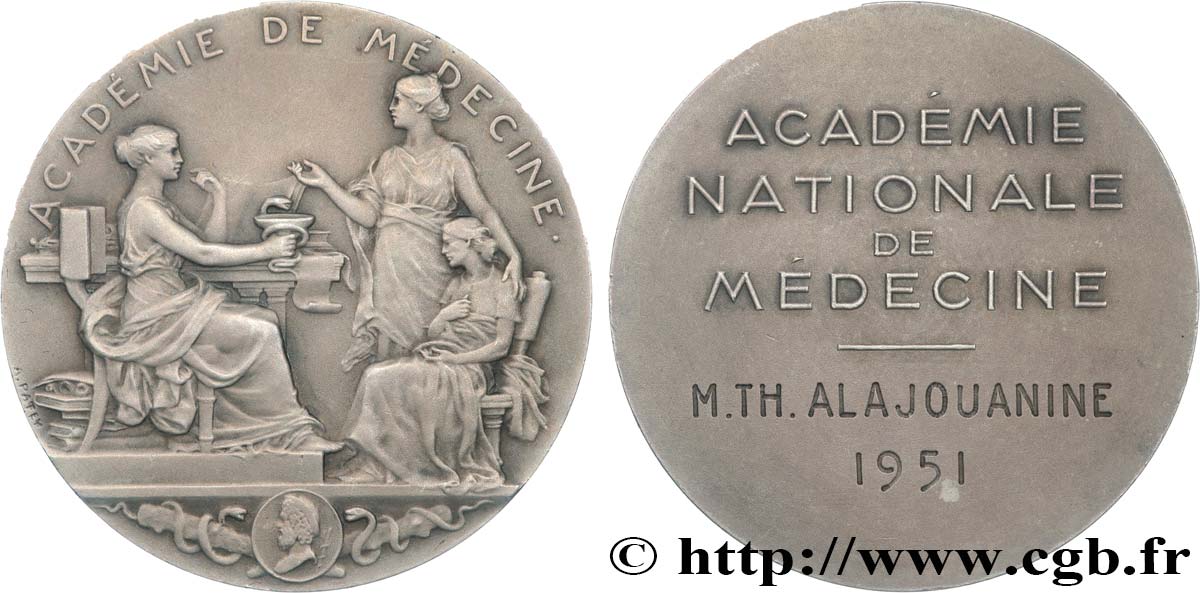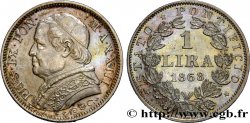Live auction - fme_851318 - VIERTE FRANZOSISCHE REPUBLIK Médaille, Académie de médecine
Sie müssen angeschlossen sein und von cgb.fr genehmigt werden, um in einer E-Auktion teilzunehmen.Melden Sie sich an, um zu wetten..Die Kontobestätigungen sind innerhalb von 48 Stunden nach Ihrer Anmeldung gemacht.Warten Sie nicht bis die letzten zwei Tage vor dem Abschluss eines Verkaufs, um Ihre Registrierung abzuschließen. Klickend "BIETEN" verpflichten Sie sich vertraglich, diesen Artikel zu kaufen und Sie nehmen ohne Reserve die allgemeinen Verkaufsbedingungen für den live auctions zu cgb.fr an.
Der Verkauf wird an der Zeit auf der Übersichtsseite angezeigt geschlossen werden. Angebote, die nach der Schließung Zeit empfangen sind, werden nicht gültig.
Bitte beachten Sie, dass die Fristen für die Einreichung Ihres Angebots auf unsere Server können variieren und es kann zur Ablehnung Ihres Angebots entstehen, wenn es in den letzten Sekunden des Verkaufs gesendet wird. Die Angebote sollen mit ganzer Zahl ausgeführt sein, Sie können Kommas oder des Punktes in Ihrem Angebot nicht erfassen. Bei Fragen klicken Sie hier, um einen Blick auf die FAQ Live-Auktionen.
Alle Gewinngebote unterliegen einem Aufschlag von 18 % für Verkaufskosten.
Alle Gewinngebote unterliegen einem Aufschlag von 18 % für Verkaufskosten.
| Schätzung : | 100 € |
| Preis : | 60 € |
| Höchstgebot : | 60 € |
| Verkaufsende : | 24 Oktober 2023 18:56:18 |
| Bieter : | 2 Bieter |
Type : Médaille, Académie de médecine
Datum: 1951
Metall : Silber
Der Feingehalt beträgt : 950 ‰
Durchmesser : 41 mm
Stempelstellung : 12 h.
Graveur PATEY Henri-Auguste-Jules (1855-1930)
Gewicht : 30,45 g.
Rand lisse + corne 1ARGENT
Punze : corne 1ARGENT
Kommentare zum Erhaltungszustand:
Patine grise hétérogène. Quelques marques d’usure. Présence de quelques coups sur les bords de la tranche
Vorderseite
Titulatur der Vorderseite ACADÉMIE DE MÉDECINE.
Beschreibung Vorderseite Trois femmes autour d’une table ; à l’exergue portrait d’Esculape dans un médaillon posé sur un tronc avec deux serpents enroulés. Signé : A. PATEY.
Rückseite
Titulatur der Rückseite ACADEMIE / NATIONALE / DE / MEDECINE / - / M. TH. ALAJOUANINE / 1951.
Beschreibung Rückseite Légende en 6 lignes.
Kommentare
Dans la mythologie grecque, Asclépios (en latin Aesculapius) est dans l'épopée homérique un héros thessalien puis, à l'époque classique, le dieu gréco-romain de la médecine. Fils d'Apollon, il meurt foudroyé par Zeus pour avoir ressuscité les morts, avant d'être placé dans le ciel sous la forme de la constellation du Serpentaire.
Il correspond à l'Esculape romain, dont le nom est une traduction en alphabet latin du dieu grec, et à l'Imhotep égyptien. Son attribut principal est le bâton d'Asclépios, autour duquel s'enroule un serpent, aujourd'hui symbole de la médecine.
Son principal lieu de culte est situé à Épidaure, où il guérit les pèlerins par incubation. Il est invoqué dans le serment d'Hippocrate aux côtés de son père Apollon et de ses filles principales Hygie et Panacée. Il est l'ancêtre mythique des Asclépiades, une dynastie de médecins exerçant à Cos et Cnide, dont Hippocrate est le plus illustre membre.
In Greek mythology, Asclepius (in Latin Aesculapius) is a Thessalian hero in the Homeric epic and, in the classical period, the Greco-Roman god of medicine. Son of Apollo, he was struck down by Zeus for having resurrected the dead, before being placed in the sky in the form of the constellation Serpentarius. He corresponds to the Roman Aesculapius, whose name is a Latin translation of the Greek god, and to the Egyptian Imhotep. His main attribute is the staff of Asclepius, around which a serpent is coiled, today a symbol of medicine. His main place of worship is located at Epidaurus, where he heals pilgrims by incubation. He is invoked in the Hippocratic Oath alongside his father Apollo and his main daughters Hygieia and Panacea. He is the mythical ancestor of the Asclepiades, a dynasty of physicians practicing in Cos and Cnidus, of which Hippocrates is the most illustrious member
Il correspond à l'Esculape romain, dont le nom est une traduction en alphabet latin du dieu grec, et à l'Imhotep égyptien. Son attribut principal est le bâton d'Asclépios, autour duquel s'enroule un serpent, aujourd'hui symbole de la médecine.
Son principal lieu de culte est situé à Épidaure, où il guérit les pèlerins par incubation. Il est invoqué dans le serment d'Hippocrate aux côtés de son père Apollon et de ses filles principales Hygie et Panacée. Il est l'ancêtre mythique des Asclépiades, une dynastie de médecins exerçant à Cos et Cnide, dont Hippocrate est le plus illustre membre.
In Greek mythology, Asclepius (in Latin Aesculapius) is a Thessalian hero in the Homeric epic and, in the classical period, the Greco-Roman god of medicine. Son of Apollo, he was struck down by Zeus for having resurrected the dead, before being placed in the sky in the form of the constellation Serpentarius. He corresponds to the Roman Aesculapius, whose name is a Latin translation of the Greek god, and to the Egyptian Imhotep. His main attribute is the staff of Asclepius, around which a serpent is coiled, today a symbol of medicine. His main place of worship is located at Epidaurus, where he heals pilgrims by incubation. He is invoked in the Hippocratic Oath alongside his father Apollo and his main daughters Hygieia and Panacea. He is the mythical ancestor of the Asclepiades, a dynasty of physicians practicing in Cos and Cnidus, of which Hippocrates is the most illustrious member








 Berichten über einen Fehler
Berichten über einen Fehler Die Seite drucken
Die Seite drucken Teilen meiner Auswahl
Teilen meiner Auswahl Stellen Sie eine Frage
Stellen Sie eine Frage Einlieferung/Verkauf
Einlieferung/Verkauf
 Details
Details















